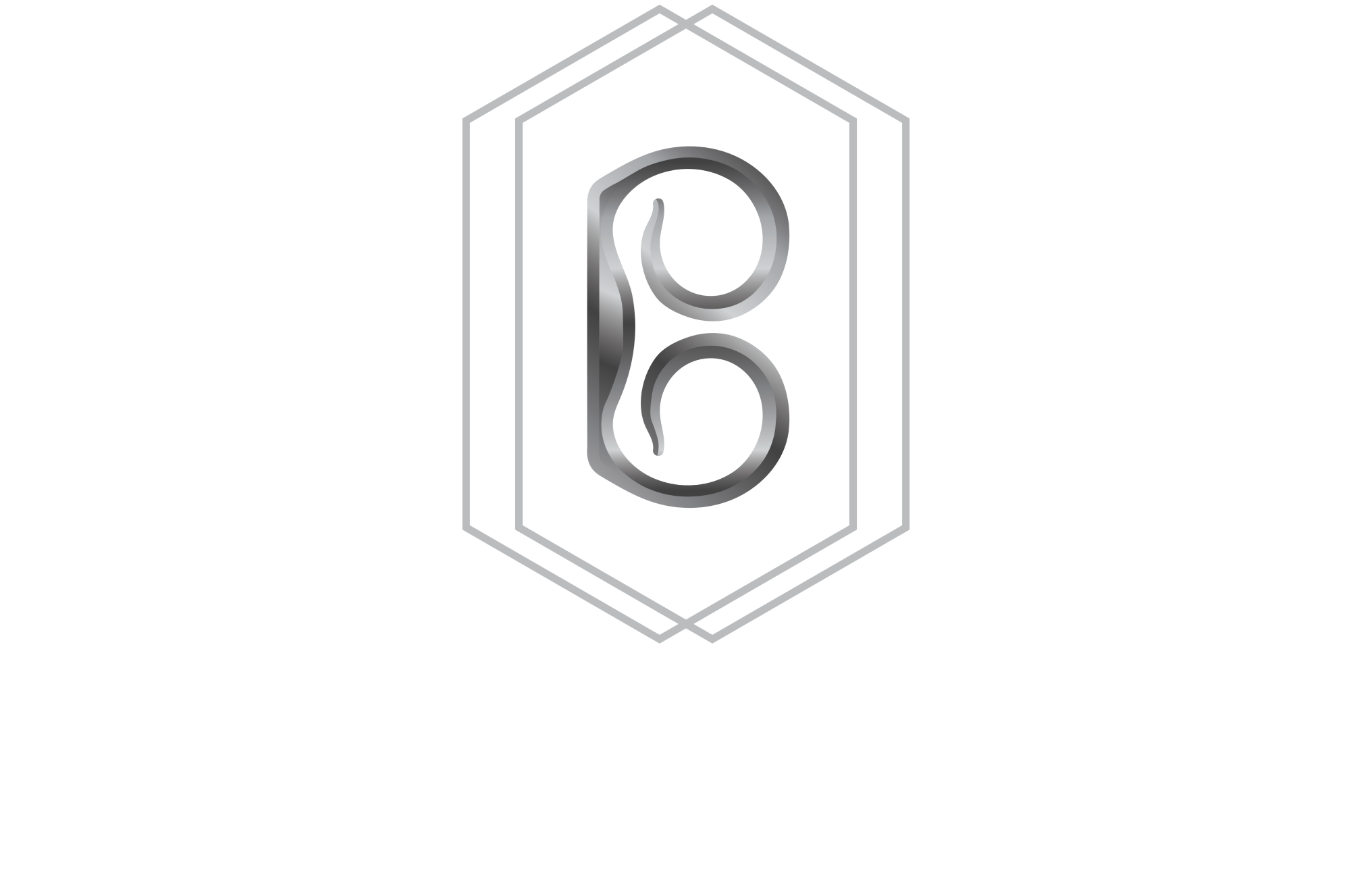There’s something magnetic about silver, not in the scientific sense (we’ll get to that later), but in the way it captures light, mood, and memory.
To own silver is to hold a fragment of earth’s brilliance in your palm. Yet the world of silver is also one of imitation.
For every heirloom-worthy piece, there are lookalikes that dull too quickly, fade too easily, and never quite carry the weight of authenticity.
But the question arises - is my silver real?
In an age where imitations flourish and plating often masquerades as the real thing, knowing how to test real silver at home becomes less of a curiosity and more of an essential skill for any collector, wearer, or lover of fine jewelry.
If you’ve ever wondered “how to test real silver at home”, you’re not alone. In fact, jewelers have long relied on simple yet surprisingly effective methods to distinguish genuine sterling silver from imposters.
Today, we share those jeweler’s secrets with you, not to turn you into an appraiser, but to heighten your appreciation for what true silver really is.
Below are five elegant, accessible tests, more artistry than science, more ritual than routine that reveal the character of your jewelry.
Sign #1: The Hallmark Check (Your Jewelry's Resume)
Think of hallmarks as a jewelry’s résumé, a coded language of authenticity.
-
Spotting the stamp: Genuine sterling silver often carries a discreet hallmark, the most familiar being 925.
This number signifies that the piece contains 92.5% pure silver and 7.5% alloy, usually copper. It’s the international standard, subtle but definitive. -
What does 925 on jewelry mean?
Quite simply, it is the guarantee of sterling, an assurance that you are not holding silver-plated brass or nickel but something real and enduring. -
Other hallmarks: Depending on origin, you may also see "STER," "STERLING," or country-specific assay marks. Each carries its own heritage stamp.
A sterling silver hallmark guide reminds us that authenticity speaks through these tiny, often overlooked symbols. To miss them is to miss a chapter of your jewelry’s story.
Sign #2: The Magnet Test (A Quick Pass/Fail For Authenticity)
The elegance of silver lies in its natural properties, it is not magnetic.
-
How to do it: Place a small, strong magnet against your piece. If it clings tightly, you may be handling something counterfeit.
-
Is sterling silver magnetic? No. A faint pull may occur if the jewelry has minimal alloy traces, but a strong attraction is a red flag.
-
Why it matters: This test offers a quick pass/fail check. Silver’s refusal to be drawn to magnetism is part of its quiet poetry.
This magnet test for silver is one of the simplest at-home trials, requiring nothing more than an everyday tool and a discerning eye.
Sign #3: The Ice Test (The Surprising Power Of Conductivity)
Silver holds a secret superpower, its ability to conduct heat with extraordinary speed.
-
How to do it: Place a cube of ice on the surface of your jewelry.
Watch closely. If the ice begins to melt almost instantly, cascading into water faster than on other metals, you are witnessing the conductivity of silver. -
Why does ice melt so fast on real silver? Silver is one of the most efficient heat conductors found in nature.
The chill dissipates rapidly, creating this almost magical effect. -
Elegance in science: Few at-home experiments capture beauty and truth so simply, the ice test for real silver turns kitchen science into jewelry theater.
It is a moment of revelation, as if the piece itself is breathing life into stillness.
Sign #4: The Polish Test (Why Tarnish Can Be A Good Thing)
Tarnish, so often misunderstood, is not a flaw but a fingerprint of authenticity.
-
Does real silver tarnish? Yes and that’s precisely the sign you want. Sterling silver reacts with sulfur in the air, producing a surface patina that appears as darkening.
-
How to test it: Rub your jewelry with a soft, clean cloth. Genuine silver often leaves a faint black mark, the residue of its surface oxidation.
-
Silver polish test: When gently polished, real silver regains its luminous shine, a transformation that reveals its endurance and beauty.
Rather than seeing tarnish as failure, jewelers see it as proof. Like a story weathered by time, it signals authenticity and resilience.
Sign #5: The Sound Test (Listen For The Ring Of Quality)
Silver doesn’t just shine, it sings.
-
How to do it: Tap your silver jewelry lightly with another piece of metal. Real silver emits a distinct, lingering chime - clear, bell-like, and resonant.
-
Signs of fake silver: Counterfeits often produce dull or flat sounds, a muted thud instead of a musical ring.
-
Why it works: The purity and density of sterling silver create this unique resonance, like a secret language spoken only by the real thing.
It is an artisan’s favorite test, for in sound lies soul.
Closing Reflection
The act of testing silver is not simply about debunking counterfeits - it is about engaging with a material that has shaped human artistry for centuries.
From hallmarks etched into its skin to the way it sings under a tap, silver carries its truth in layers both scientific and poetic.
If your silver whispers authenticity through these tests, cherish it. And if it does not, let it remind you that true artistry, like that embodied by Bahlko, is rare and worth seeking.
The Bahlko Guarantee: Confidence In Every Piece
Of course, while these at-home rituals are revealing, they are only the beginning.
A professional appraisal remains the most reliable way to confirm authenticity. Which leads us to the heart of Bahlko’s promise: confidence in every piece.
When you hold a Bahlko creation, you hold more than silver. You hold a commitment to craft, artistry, and authenticity that transcends tests. Our jewelry doesn’t need to prove itself, it simply is.
Because true silver isn’t just worn. It is trusted.
FAQs: Your Silver Questions, Answered
What does the "925" stamp on my jewelry mean?
It means your piece is sterling silver, composed of 92.5% pure silver and 7.5% alloy for strength.
Is real silver magnetic?
No. If your jewelry strongly sticks to a magnet, it is not authentic sterling.
Does real silver leave a black mark when polished?
Yes, the black residue is proof of oxidation, authentic silver reacting naturally.
Why does ice melt so fast on real silver?
Because silver is a superior heat conductor, transferring temperature almost instantly.
What is the most reliable way to know if my silver is real?
While at-home tests are useful, professional jewelers combine hallmark analysis, advanced tools, and expertise for ultimate certainty.



